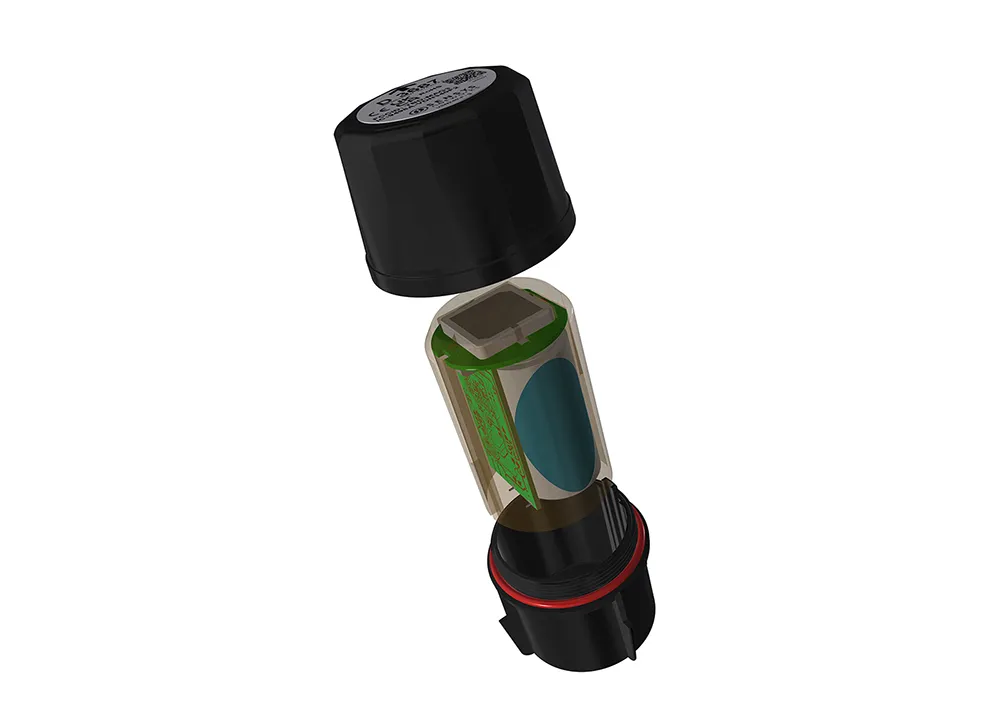
Radix says installation is quick and simple and with no slot cutting involved, lane closure and traffic management is not normally required. For a growing number of access control and parking applications, the sensors are also being mounted either above or adjacent to entrance and exit ramps, delivering reliability and through-life cost benefits to car park operators and site owners.
As the company points out, being wired, this technology does not need regular battery replacement or costly wireless repeaters, and is rapidly becoming the detector of choice in countries as far apart as the UK and Australia.









